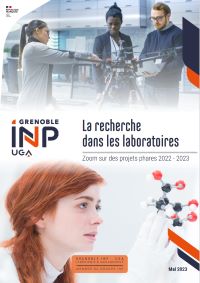Contact
- Vice-présidente Recherche
Valérie Perrier
Tél. 04 56 52 86 41 - Vice-présidente Entreprises & Valorisation
Gaëlle Calvary
Tél. 06 31 77 86 71 - Directeur de la DRIVE
Cédric Di Tofano Orlando
Tél. 04 76 57 43 16 - Annuaire
A lire aussi
Michael F. Ashby, Royal society research Professor, Université de Cambridge, Grande-Bretagne




